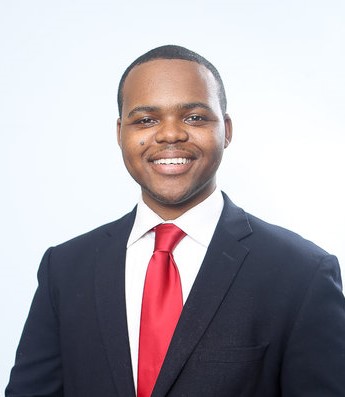Thanks to the Plutus Foundation, I launched the Legacy Project in 2022. The Legacy Project was a series of workshops focused on custodial accounts and 529 college savings plans for first-time parents with children under the age of one in Tulsa’s Greenwood District. If each of the parents that participated in my program continues to invest just $100 per month, collectively their children would have more than $50,000 over the next 20 years based on past performance. In this article, I’ll share my process for creating an impactful financial literacy project.
Have a clear premise
In the beginning stages, you want to treat your financial literacy project like an experiment. And doing so start off with a question or idea that you think needs to be answered, something that we can test and prove later on in the process. In my case the premise was that, to create a lasting impact with the people I wanted to serve I needed to be as actionable as possible. My hypothesis was that if I have my students open an investment account and actually give the money to deposit then I could create a foundation for them to build on for years to come.
To create a solid premise for your program take some time to think about your experience and the tools and resources you wish you had but did not have access to. Your premise should be able to fit into the following statement. If my participants have [insert resource/skill] then they will be able to [insert benefit] through my program. This can be modified to fit your needs but here are a few more examples of what this could look like.
If my participants understood how interest rates worked they would be able to reduce their debt through my program.
If my participants know how to write resumes, they will obtain higher-paying jobs through my program.
Create your program outline
With your premise in mind begin creating an outline of the topics and steps needed to accomplish your goal. It is important to get a clear idea of who you want to serve if you haven’t already. Start with the core topics you think will be needed and then drill down into each of the key steps required to accomplish that goal or understand the concept.
Because you are the expert in this context, be careful not to overstate where your audience might be coming from. Many of your skills may feel second nature to you but could be foreign to your program’s participants. Below is my high-level outline for my program.
- Session 1 – Opening an investing account
- Session 2 – Choosing your investments
- Session 3 – Legacy planning
My goal was to help parents create generational wealth through investing but I did not start off with the stock market, index funds, or investing terms. To invest in anything you need an account first and I spent the first session helping parents understand and open their first investing account for their kids.
As you’re outlining your project boil your topics down to the core ideas and tasks that are required to move on to the next phase.
Run a trial
In the beginning of this article, I talked about the importance of creating a premise. This phase of the project gives you an opportunity to test out whether or not that premise was true while giving yourself the opportunity to make any adjustments before moving forward. As you’re planning the launch of your project find a small group of people, preferably those who will resemble your target group to go through your program in exchange for feedback. You may learn that your initial idea wasn’t what they truly needed.
You may find that portions of your program are repeated too often and could be more concise. This is your opportunity to test drive and get as much feedback as possible. Taking this step not only allows you to improve your program but it may also save you time by preventing you from creating a project that will not gain traction and interest.
Update the program
Once you’ve received feedback from the trial run, begin making tweaks where necessary. To help me organize feedback during my program I sent out a survey asking participants to rank certain aspects of the course as well as highlight the portions that they felt were most impactful. This allowed me to quickly update the spots that were helpful while trimming down other sections.
Launch the program
With your idea tested and validated you’re ready to launch your financial literacy project! What’s even better is that by following this process you can easily create a clear value proposition and perhaps have a few testimonials from the testing phases to entice people to attend.
Final thought
Always remember to keep your students and participants at the center of the project. While you may be the primary teacher at the center of your project remember that you’re also a student. One who should be eager and open to feedback and adjustments based on how your content and lessons are received.















0 Comments